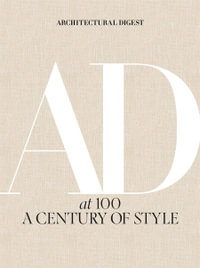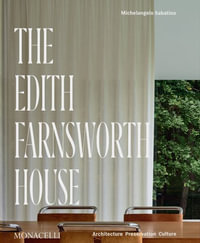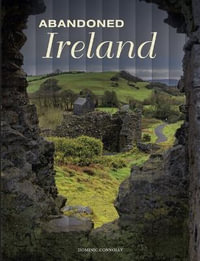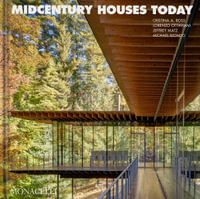'This is a fine book about the significant role of artisan house builders as architectural designers in the later Georgian period. When they did not exit their trades to become what earlier historians have ranked as 'architects', these artisan builders have remained shadowy figures. Ranging widely and with an even-handed command of material from both sides of the British Atlantic, especially giving Dublin due weight, Conor Lucey illuminates these people and their contributions to architectural design with insight, detail, clarity and humour.'
Peter Guillery, Bartlett School of Architecture, London
'Lucey's fascinating book explores the role of the artisan in the still somewhat mysterious design processes behind the creation of the urban terraced house. Based on extensive new research it will enable us to place artisan-builders alongside other well-known designer-makers - such as print, furniture or ceramic specialists - in the period. Histories to date have focussed on the tradesman's role in the construction of town houses but Lucey makes a compelling argument for their contribution to the design and decoration of both exteriors and interiors. In doing so he extends existing scholarship in exciting new directions enabling us more fully to understand the workings of the building trade across the second half of the long eighteenth century. The book's scope is transatlantic and crucially Ireland for the first time, alongside England and America, is brought into discussions on the inter-connections across the eighteenth-century Atlantic building world.'
Elizabeth McKellar, The Open University
'This is the first study of eighteenth-century century building activity which addresses the city house in Britain, Ireland and the American colonies with focus on London, Dublin and Philadelphia. This grand vista of urban domestic builders in the Atlantic world is mirrored in the range of scholarship that is brought to bear on the topic, a rich field of study brilliantly marshalled to provide the reader with a lucid, insightful and hugely stimulating panorama of new directions in architectural history. Lucey argues that the late eighteenth-century townhouse interior owed more to the plasterer and builder as agents of taste than it did to the sensibilities of its occupants and in so doing points up the builder's facility for design and decoration. This book is an argument, a new apology for the builder, a broadside which asks us not to dumb down creative skill in the operative parts of architectural production. It is a book which will undoubtedly build reputation.'
Professor Christine Casey, Trinity College Dublin
'In this book Conor Lucey sets out to rehabilitate the reputations of both the product (the town house) and the producer (the builder) and is concerned with rehabilitating the builder as an agent of taste as well as a figure of building production [...] This book is an important addition to the study of the Dublin town house.'
David Griffin, Irish Arts Review, Winter 2018/19
'From the middle of the eighteenth century through the 1830s, the brick row house became one of the most common urban building forms in the British Atlantic world. Artisan builders erected thousands of these rows of classically proportioned and ornamented town houses in the new streets, squares, and crescents of expanding cities as well as in smaller market and port towns in Great Britain, Ireland, and America [...] In Building Reputations, Conor Lucey argues that this story has been misunderstood or mischaracterized in much of the historical literature on urban architecture, which has emphasized building production at the expense of building design [...] In this informative book, he has rehabilitated the reputation of the artisan builder as a significant figure in shaping its decorative articulation.'
Carl Lounsbury, caa.reviews, March 29 (2019)
'Building Reputation
























